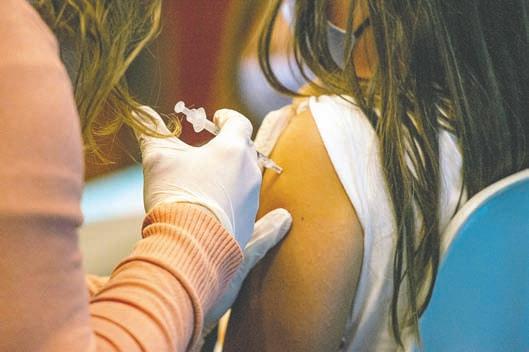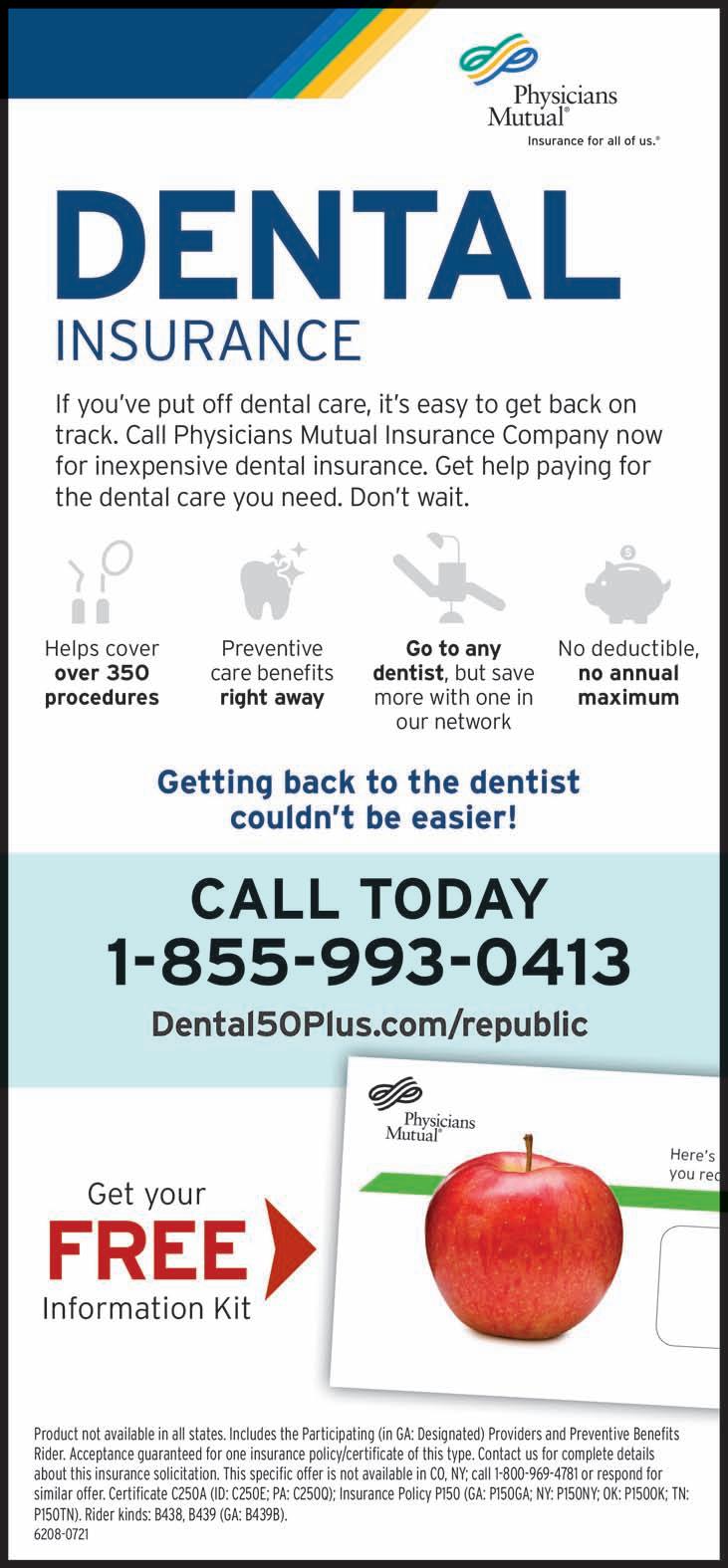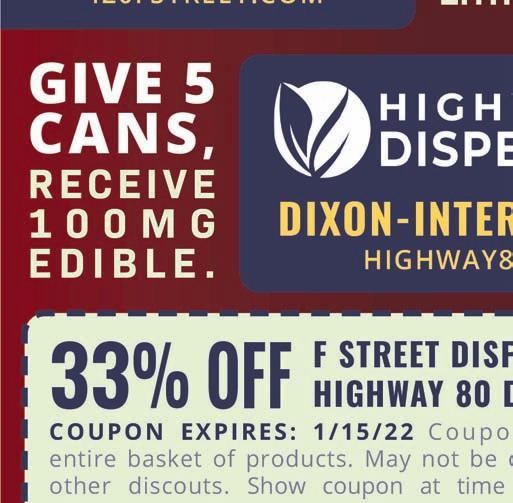
6 minute read
Chinese News at
The reason there was ever an excavation site at 63 1/2 Coming St. was because there were plans to build a solar pavilion there. Because the school received federal dollars from the U.S. Department of Energy through the S.C. Department of Energy to complete the project, it meant the site required a cultural resource survey before construction could begin.
The digging began in February, and in March, while sifting through the dirt below, the slave badge surfaced.
Other artifacts were found at the site, too, like pottery, animal bones and an old ceramic soda bottle.
But the slave badge was an explicit reminder of slavery, America’s original sin.
“You felt the evil,” said Jim Newhard, a classics professor, landscape architect and director of the college’s Center for Historical Landscapes. “It redoubled in my mind that not only was this artifact an expression of enslavement, so were the other objects we were recovering.”
Grant Gilmore, an associate professor and Addlestone Chair in Historic Preservation, told the magazine that most slave badges, including those held by private collectors, have no origin story beyond what is listed on the badge itself.
That this badge was found in a specific Charleston kitchen could provide new clues to discover more about the person assigned that badge. Gilmore told the publication that an enslaved person living in that house “may have discarded the tag in the hearth or someone on loan from across town may have lost it one day.”
The nearly 4-centimeter square slave badge is also a physical reminder of how urban slavery worked in Charleston, said Bernard Powers, director of the college’s Center for the Study of Slavery in Charleston.
“This discovery confirms the idea that Black labor was integrally involved in shaping the contours of the land, erecting the city’s buildings and providing the human connections that made Charleston the vital center of production and exchange it became and remains today,” Powers said in a statement after the badge was found earlier this year.
While other Southern cities had similar hired labor arrangements for enslaved workers, Charleston is the only one that produced such tags or badges, Gillmore told the magazine.
Slave badges were dated and were issued annually and became a source of tax revenue for the city. Costs for tags in 1865 ranged from $10 to $35.
The day the slave badge from 1853 was discovered, Newhard said he temporarily paused the work at the site to help students understand the artifact and better recognize the site as a whole.
He said he wanted them to see the importance and value of the work they were doing.
“We knew we were excavating a space inhabited and used by enslaved people. Intellectually, everything that we were collecting was possessed or used by those people,” Newhard said. “The tag, however, puts an agent to that scene.”
Even though the badge may have allowed an enslaved person to move more freely in the urban landscape and earn a small income for his or her family, Newhard said the badge was still an object worn as a mark of enslavement.
Study: Thousands of US youth lack adequate health insurance
Tribune ConTenT AgenCy
A third of children in the United States had unreliable or insufficient health insurance in the years leading up to the Covid-19 pandemic – a problem to which the public health emergency has drawn even more attention.
The portion of children who were underinsured rose from 30% in 2016 to 34% in 2019, according to a new study by researchers at the University of Pittsburgh School of Medicine published in the journal Pediatrics. Being “underinsured” means you have health insurance, but it is too expensive to use, for instance because of a high deductible that requires you to pay thousands of dollars out of pocket before the plan begins to cover a greater portion of costs.
Families covered by private, employer-sponsored health plans and those who earned too much to qualify for publicly funded Medicaid experienced the most trouble affording health care with their insurance, according to the study.
“There’s this perception that if you have a decent job and you have employer based insurance you’re all set. That’s just obviously not the case,” said Justin Yu, an assistant professor of pediatrics at Pitt’s School of Medicine and the study’s lead author.
As of 2019, nearly 1.5 million kids in Pennsylvania and New Jersey lacked adequate and continuous health insurance, according to Yu’s research. The study used data from the National Survey of Children’s Health, which tracks health information about children from birth through age 17.
In New Jersey, the underinsured rate remained fairly steady during the three-year study period, with almost 34% of children underinsured in 2019.
A smaller portion of Pennsylvania children were without adequate health insurance, but the underinsured rate rose more significantly, by nearly 8 percentage points, to 31% in 2019.
Researchers attributed the increase in underinsured children to rising out-of-pocket costs associated with private health plans. The average deductible for single coverage under an employer sponsored health plan is $1,669 in 2021, a 68% increase over the past decade, according to the Kaiser Family Foundation’s employer survey. Co-pays, premiums, and prescription drug costs have become a major financial strain for families whose household income has not kept up with inflation.
Meanwhile Medicaid, a publicly funded program for low-income families, has fewer outof-pocket costs. People covered by Medicaid were less likely to experience inadequate insurance, according to the Pitt study.
Pennsylvania has a particularly robust Medicaid program and does not have an income limit for CHIP (Children’s Health Insurance Program), said Kari King, CEO of Pennsylvania Partnership for Children, a children’s health advocacy organization.
The program is a valuable option for families who earn too much for Medicaid and feel unable to afford private insurance to ensure that at least their children are covered, she said. The amount families pay for CHIP coverage varies depending on income, with higher-earning families paying more.
Medicaid enrollment has soared during the pandemic, as people who lost jobs became newly eligible for coverage.
“With the pandemic, Medicaid in particular has really stepped in to be that point of coverage as people lost their employment . . . to be part of how families weather the storm,” said King.
The pandemic has demonstrated how valuable Medicaid is and, Yu hopes, will motivate lawmakers to make publicly funded health care more widely available for children.
Medicaid enrollment has remained high during the pandemic in part because as a condition of receiving federal relief funding, states were prohibited from requiring people to periodically renew their eligibility or disenrolling them.
Consumer advocates are concerned that families could lose coverage if they are not aware they need to renew their eligibility when the public health emergency is over and states can resume their renewal process. They have urged states to comb through their Medicaid rolls slowly and carefully.
“Smaller things can be done on a state-bystate basis to make the process easier,” such as improving community outreach and simplifying the application process, Yu said. “But for the biggest solutions, politicians need to make this something at the forefront of the conversation for society to say, ‘Yes, it is unacceptable that a third of the children are uninsured.’ ”
Joseph Prezioso/AFP via Getty Images/TNS file a 5-year-old child receives the Pfizer-Biontech Covid-19 vaccine for 5- to 11-year-olds at Hartford Hospital in Hartford, Connecticut, nov. 2.








